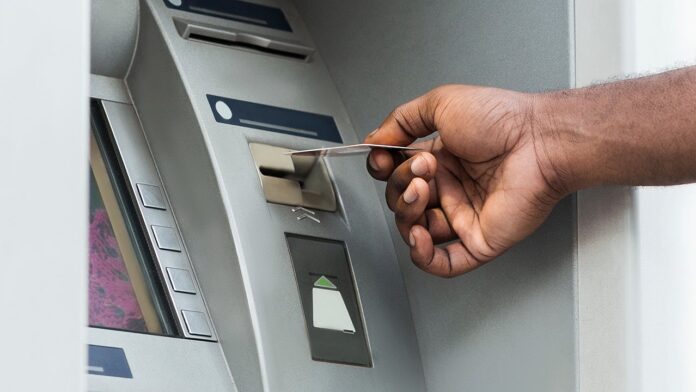ATMs were inspired by chocolate vending machines and first used for banking by a north London Barclays branch. The ATM was brought to New York in 1969 by Donald Wetzel. ATMs are now a common sight on high streets and main roadways, at gas stations, and in shopping centers all around the world. They represent the infrastructure of legacy banking. However, as we go into the 2020s, digital banking and contactless payments will start to make traditional forms of payment (like cash) obsolete. Martin Heraghty, Paymentology’s Regional Director for Europe, says “As more people adopt digital banking, the demand for brick-and-mortar bank branches and ATMs is decreasing.” Since 2016, Europe has seen a 10% decrease in ATMs how ever Martin Hartley, CCO of emagine Consulting Group and Bank of England decision-maker, admits that “the demand for ATMs has certainly reduced since technology in the banking industry has surged over recent years”, but feels “cash is still important” and doesn’t “see that changing anytime soon” This is particularly true in emerging countries and low-income areas, where ATMs continue to be crucial by acting as an easily accessible bridge between cash and checking accounts. According to a Merchant Machine report from 2022, 78% of Romanians still use cash, and Peru has the highest ATM density per 100,000 adults with 127. According to research, 48% (4,735) of anticipated UK bank closures since 2015 have put vulnerable clients and those who have not accepted digital banking, such as the elderly, at risk of losing access to their money. This shows that ATMs may still be important to some people in developed markets.
Governments have pushed for a cashless society. Hartly stated “I am sure the UK government would be in favor of a cashless world as digital payments are trackable, meaning fraud and tax evasion cases would be much easier to identify, potentially reducing the amount of banking crime. Physically carrying cash also comes with the risk of losing it too.” If traditional banking infrastructure services are unable to keep up with the rapidly growing digital banking sector, ATMs may end up becoming a thing of the past. However, despite their declining numbers and the disregard they receive from traditional banks attempting to stay up with digital financial services, ATMs continue to be a vital component of today’s banking infrastructure.
Analysis
I found this article extremely interesting because I barely use an ATM because I am not someone that uses cash very often but as I learn about them. They provide cash withdrawals and, increasingly, other services including deposits, transfers, and bill payments. They also offer 24/7 access to banking services. Strategically placed ATMs increase financial inclusion by providing access to places that aren’t served by conventional bank branches. I also found developing nations, ATMs are essential. Traditional banking infrastructure is lacking in many rural locations; however, ATMs fill this void by offering easily accessible financial services. They make it possible for people to safely store, withdraw, and occasionally transfer funds without having to drive far to a bank. ATMs provide a stepping stone for populations formerly dependent on cash-based, informal economies to modern banking and the advantages of safe savings and financial records. Additionally, ATMs open the door for greater financial awareness and empowerment in areas that would otherwise be excluded from global financial systems by introducing people to electronic banking systems.
Thompsett, Louis. “The Future of Atms: Adapting to the Digital Age.” FinTech Magazine, 6 July 2023, fintechmagazine.com/articles/the-future-of-atms-adapting-to-the-digital-age.




